
I’ve got another book list for you! Today let’s explore some valuable children’s books to teach money. See what I did there? Counting coins and money in general shows up in most state standards starting in second grade (interestingly, it’s in first grade in my state!).
Of course, we don’t just teach money because it’s in the standards. Knowledge of money is directly applicable to “real life” and kids know it. They are usually super pumped to learn about money, how to count coins, and calculate the value of things.
So, let’s jump into some of my favorite children’s books to teach money! You can find links to all of these gems here if you want a closer look.
You can find the link to all of these children’s books to teach money HERE!
The Coin Counting Book by Rozanne L. Williams
The Coin Counting Book is the perfect book to use when you are introducing coins and their values. This book uses photos of coins to teach the values and comparative values of coins. The poetic text combined with the prompts to count the coins make this book so engaging. Hello, choral counting!
The book also includes equations to represent the collections of coins making it a good fit for grades 1, 2, and 3 though younger students would enjoy it too. Kids can read it over and over again to help master coin values and relative values. This book is just jam-packed with coin-counting goodness!
The Worthless Penny by Greyson Masters
Through this sweet tale, kids are introduced to all of the coins and their values. This fun book is about a penny that just seems to be stuck in a boy’s pocket. The penny sees other coins come and go but the penny doesn’t get spent and it begins to feel worthless. By the end, though, we learn the real reason the boy doesn’t spend the penny. No spoilers though! Read it and enjoy the warm fuzzies for yourself!
The Worthless Penny has illustrations rather than photos of coins though so be sure to pair it with another book like The Coin Counting Book or with actual coins to show as each character/coin is introduced in the book.
The Penny Pot by Stuart J. Murphy
The Penny Pot is a narrative book that features the main character, Jesse, who wants to get her face painted. Unfortunately, after counting her coins, she realizes she doesn’t have enough money. Jesse then waits for other kids to drop their spare pennies into the penny pot so that she can use them to make up the difference.
There is so much to this book! The story, the coin counting, and even the hidden missing addend problem – there is something for everyone. The Penny Pot is a great fit in grades K – 2 though older students will get even more from the book.

A Dollar, A Penny, How Much and How Many? by Brian P. Cleary
A Dollar, A Penny, How Much and How Many? introduces kids to coins like the other books we’ve talked about so far. What’s different about this text is that it gets into bills. Here, students will see the twenty, ten, five, and one-dollar bills and some comparable values.
This book is part of Cleary’s Math is CATegorical series of books that includes various math topics for young mathematicians. Like others in the series, this book features a cartoon cat and poetic text making it extra fun!
Follow the Money by Loreen Leedy
I found myself giggling when reading Follow the Money. This book follows a quarter from the US Mint to the bank, to a store, to a vending machine, a piggy bank, a washing machine… and beyond!
As the quarter goes on its adventure, we learn a ton about money. From rolls of coins to the presidents on the coins and bills and special coins like dollar coins, this book is packed with cash facts. After the story about the quarter, there is even more about bartering, other objects used as money in the past, redesigned bills, and the state quarters. This is a book to come back to over and over again!
Money Math: Addition and Subtraction by David A. Adler
Money Math: Addition and Subtraction makes the connection between counting money and addition explicit. It introduces coins and the value of coins, but what makes this book unique is that it uses fractions to describe the value of the coins compared to a dollar, making this a book that even 4th and 5th graders can learn from. It even teaches a strategy for counting coins and how to write money values using a decimal point.
But wait, there’s more! This book also has a ton of practice problems. It asks kids to count groups of coins, add two money values, and write values using decimal notation. It even suggests that kids can use coins as manipulatives to help them add.
Not done yet… It also makes the connection between spending money, getting change, and subtraction. There are a bunch of subtraction money problems for kids to solve too. They even included an answer key at the end!
This book would be great for 2nd and 3rd grades and above. It can even be used as a center where students work to solve the problems presented in the book. Put the book out with some coins and have kids do some money addition and subtraction!
The Plastic Rectangle by Katie Friedman
Can we talk about money in 2024 without talking about those little plastic rectangles that seem to magically pay for things? Of course not! Kids see their grown-ups whipping out credit or debit cards all the time. This book gives an overview of money, where it comes from, and what it is useful for. It also explains how money gets spent on things like food, clothes, and someplace to live and how it is earned through work.
And, surprise! It has a sweet message, too. The end of the book shows students that there are things that money can’t buy – relationships with people that we care about. This book is great as an introduction to money for kindergarteners or first graders. Older students will likely not be as engaged because of the simplicity of the content.
I Am Money by Julia Cook and Garrett Gunderson
I Am Money is a new book that came out just this year! In the book, money is the main character and they explain that they “don’t go on trees.” Like The Plastic Rectangle, this book also gives readers an overview of money but in a more complex way that will appeal to kindergarteners through third graders.
The book talks about earning, saving, and spending money. It even talks about credit cards and other forms of money like crypto. It even goes into investing and donating money. It’s a solid intro to all things money. The overview in this book would be a great introduction to a variety of money topics and can be read over and over to launch various conversations about money.
And there we have it – 8 valuable children’s books to teach money! You can click on any of the book titles above for an Amazon affiliate link, where you can find a full summary and reviews of each book. If you happen to order a book from the link provided, I earn a small percentage of that sale, which goes towards the maintenance of my blog. I hope they can be helpful in your planning from introducing money to solving addition and subtraction using money. Until next time, fellow math enthusiasts!

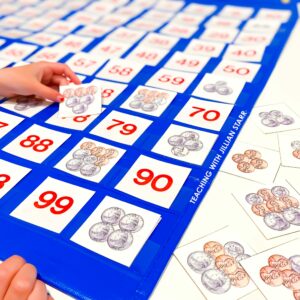
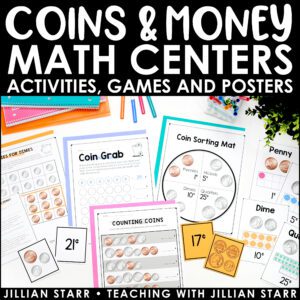
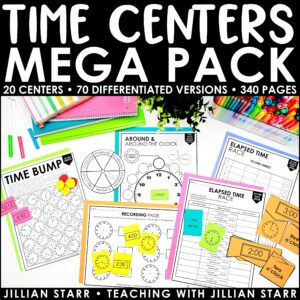
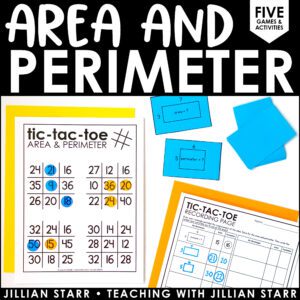
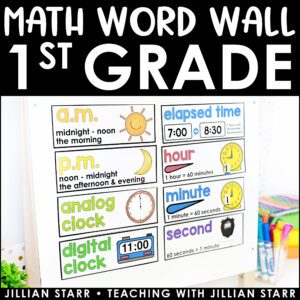

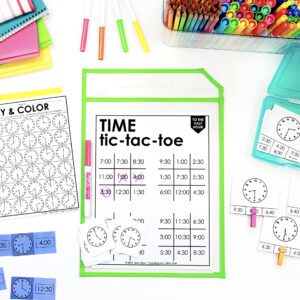
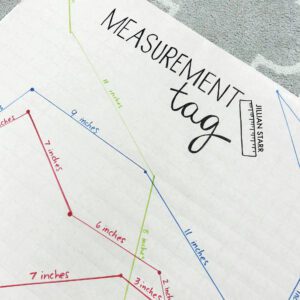


Leave a Comment